1857
The Ohio Asylum for the Education of Idiotic and Imbecile Youth was opened in Columbus, Ohio.
1933
The Cuyahoga County Council for the Retarded Child was established. This grass-roots group, led by parents of children with developmental disabilities, was founded to assist children of the region who had been excluded from their public schools.
1947
The American Association on Mental Deficiency recognized parents who were partnering with professionals to advocate for community placement and special classes in public schools. A national parents’ conference was held at the end of the decade to support the growing number of parent advocates in starting their own organization.
1960
The Horn Report suggested creating a county system in Ohio to support people with mental retardation.
1961
President John F. Kennedy established the President’s Panel on Mental Retardation to recommend policy changes to better serve people with disabilities.
1967
The Ohio General Assembly creates county boards of mental retardation.
Cuyahoga County Board of Mental Retardation and Developmental Disabilities is established.
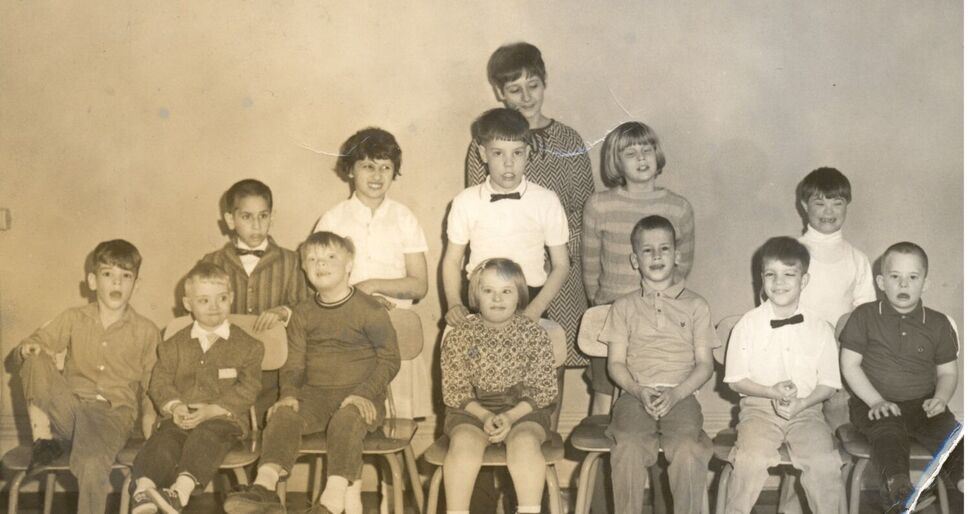
1970
Ohio passed the Developmental Disabilities Service and Facilities Construction Act, which supported building new facilities or improving existing ones in Ohio.
1972
The Ohio General Assembly establishes the Ohio Department of Mental Health to enhance the conditions in Ohio's institutions. Cuyahoga County Board of DD hires its first superintendent - Dr. Michael A. Donzella.
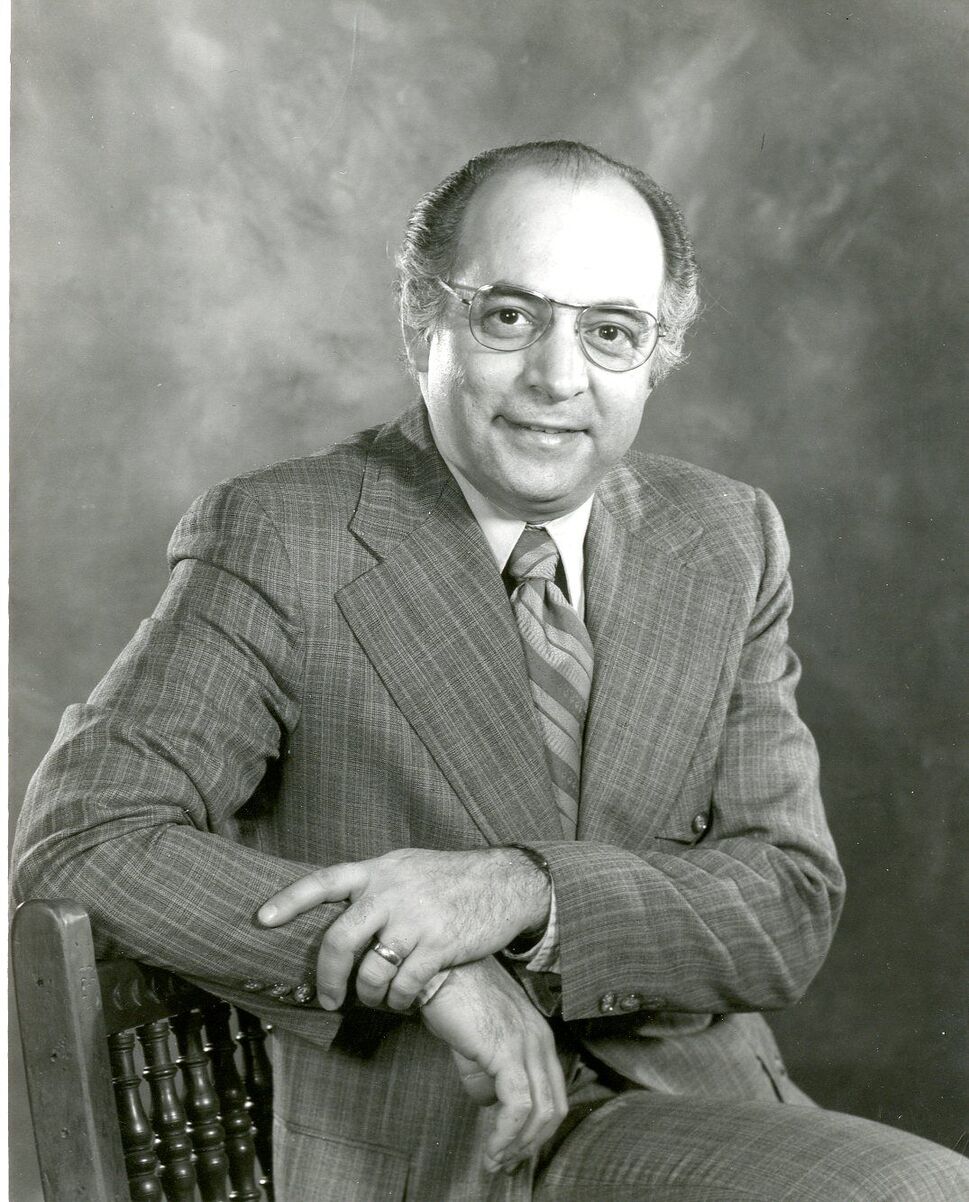
1973
The Rehabilitation Act of 1973 addressed civil rights protection for people with developmental disabilities. Voters in Cuyahoga County support Issue 10 - “For the training and care of the mentally retarded.” This was the first county levy.
1975
The Education of All Handicapped Children Act supports states in protecting the rights and needs of students with disabilities.
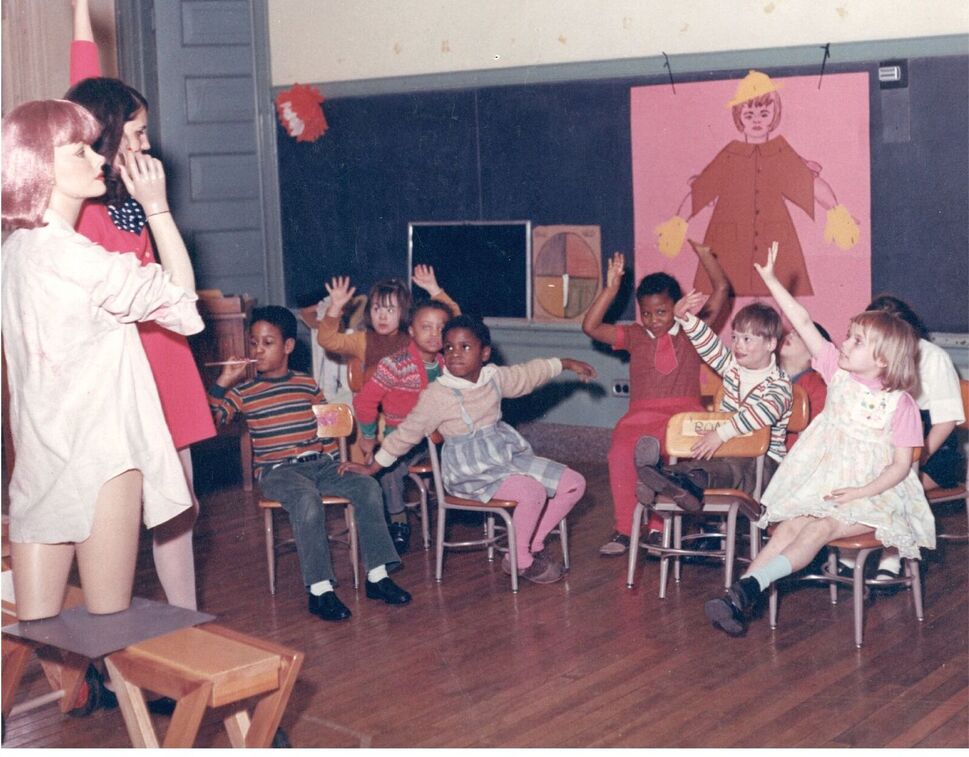
1980
Ohio Senate Bill 160 separates the services of county boards of Mental Retardation (MR) and community Mental Health (MH) which also added Developmental Disabilities (DD) to the name of county boards.
1981
The Home and Community-Based Services Waiver Medicaid program helps eligible people receive care at home or in their community instead of in an institution.
1983
The Ohio Association of County Boards of Developmental Disabilities was created to support the state’s 88 county boards. They provide information, ongoing education, and advocate for legislation.
1986
Governor Richard Celeste signed a law that protects the rights of people with developmental disabilities. Ohio also started an Early Intervention program for children from birth to age two.
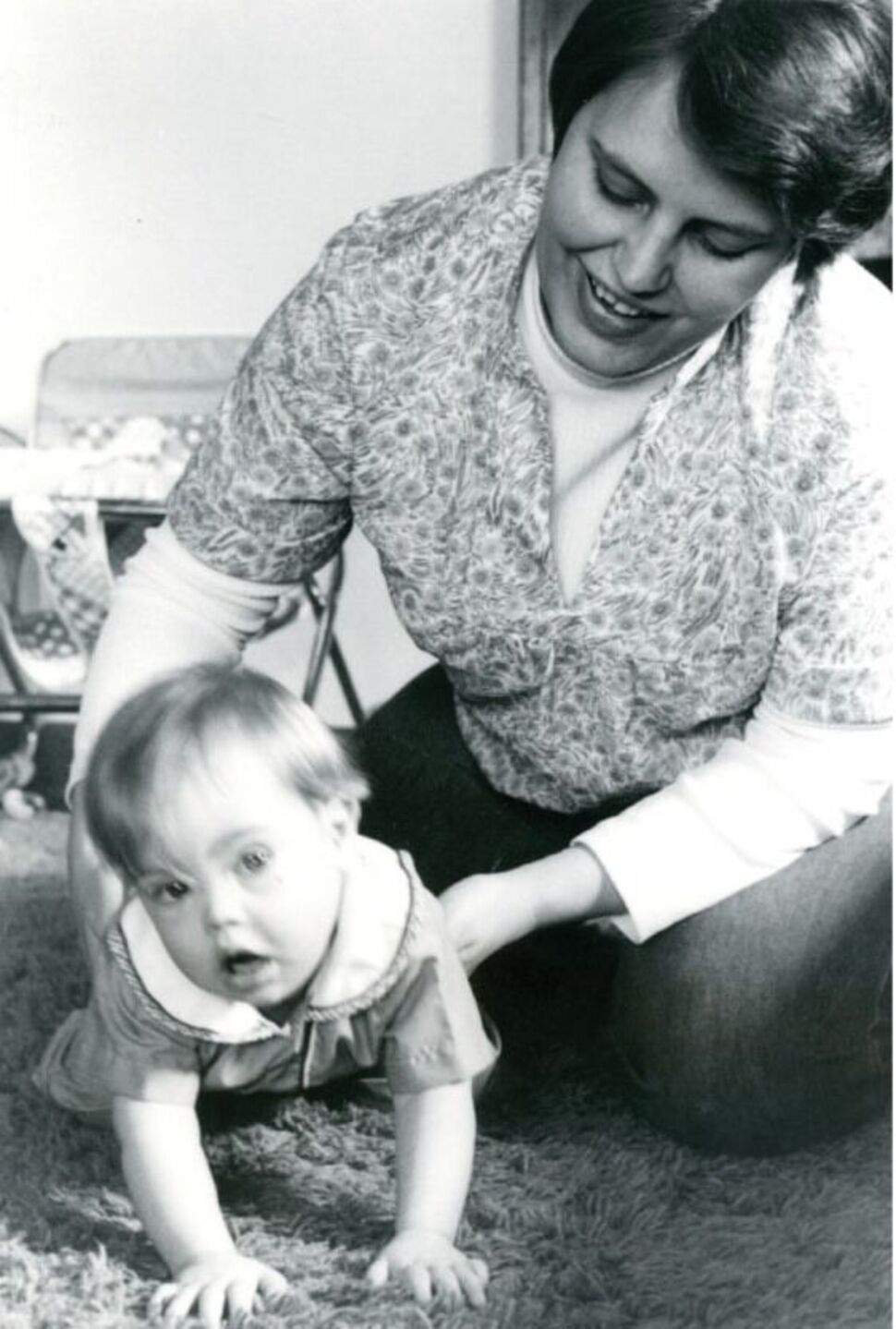
1987
President Ronald Reagan designated March as Developmental Disabilities Awareness Month.
1990
Voters in Cuyahoga County approve a 3.2 million levy for the Cuyahoga County Board of Mental Retardation and Developmental Disabilities.
Individuals with Disabilities Education Act (IDEA) ensures that children with disabilities receive a free and appropriate education in an inclusive environment. This law started as an amendment to the Education of All Handicapped Children Act. It was updated in 1997 and 2004 to help provide equal access to education.
George H.W. Bush signed the Americans with Disabilities Act (ADA). This law prohibits discrimination against people with disabilities and guarantees them the same opportunities as everyone else to participate fully in American life.
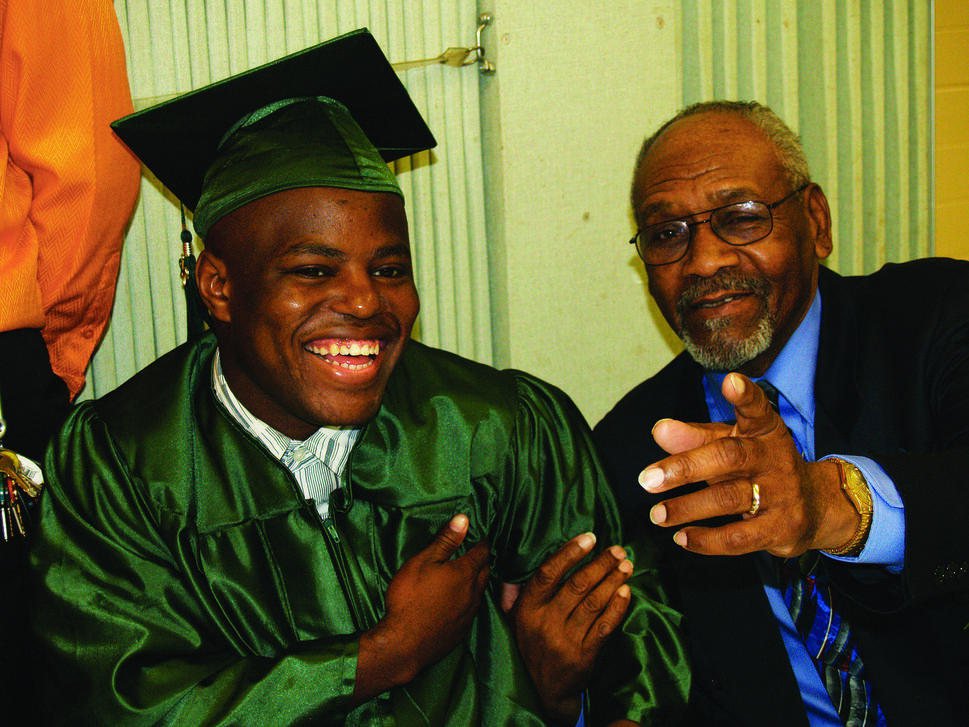
1992
Cuyahoga County Board of Mental Retardation and Developmental Disabilities celebrates its 25th anniversary.

1999
The Supreme Court upheld the ADA integration mandate, affirming the rights of individuals with disabilities to live in the “most integrated setting” and receive community services. This is referred to as the Olmstead Decision.
2000
The Ohio Self Determination Association was created to provide training and resources to help people with disabilities direct their lives.
2001
President Bush introduced the New Freedom Initiative. This program helps people with disabilities fully participate in all areas of society.
Congress created the Office of Disability Employment Policy. This office enhances workforce development services for people with disabilities.
2004
Ohio’s Governor Taft signed the Victims of Crime bill to increase protections for people with developmental disabilities.
Congress updated the Assistive Technology Act to help state programs meet the assistive technology needs of people with disabilities.
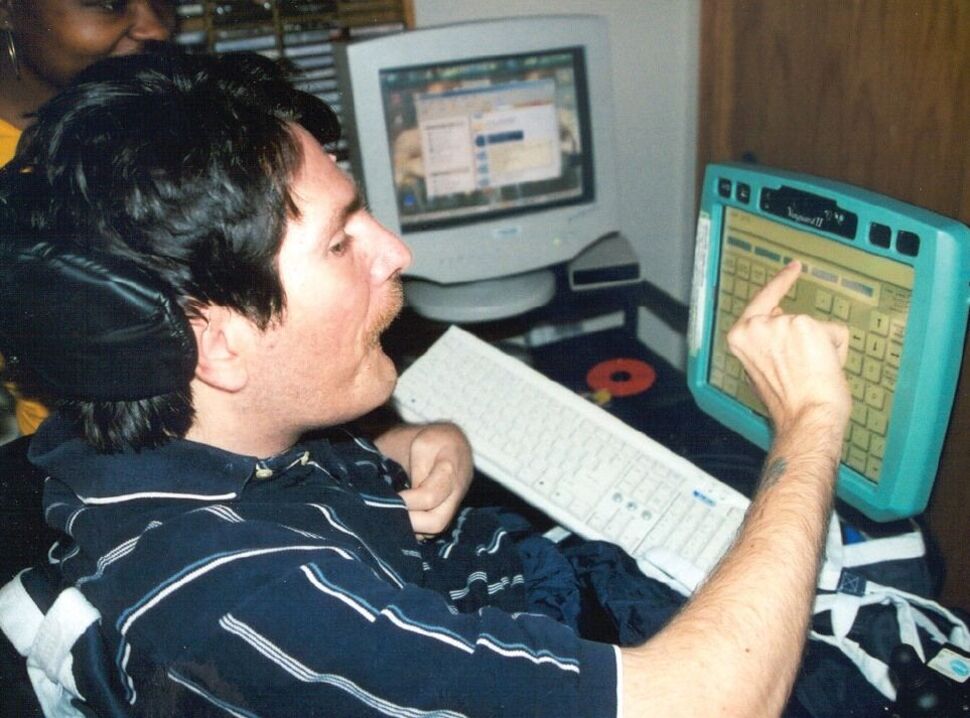
2005
Cuyahoga County voters pass Issue 7, For a Better Place in Life, in support of a 3.9 million continuing levy that remains in place to date.
2007
The Ohio General Assembly eliminated the words “idiot,” “lunatic,” and “imbecile” as descriptions of people with developmental disabilities from the Ohio Revised Code.
2009
Almost one million people receive services through Ohio’s Medicaid Home and Community Based Services Waiver. Ohio Senate Bill 79 renamed the County Boards of Mental Retardation and Developmental Disabilities to County Boards of Developmental Disabilities.
2011
Ohio received federal approval to offer remote monitoring for people with developmental disabilities. This will help more individuals live safely and independently.
2012
Ohio’s Governor Kasich started Employment First, an initiative to create more job opportunities for working-age people with developmental disabilities.

2014
The federal Centers for Medicare and Medicaid Services (CMS) created a rule about case management. This rule says that county boards of developmental disabilities (DD) cannot both provide services and manage cases at the same time because CMS sees this as a conflict.
2015
The Employment Collaborative of Cuyahoga County was formed. This group works to help more people with disabilities get competitive jobs.
2016
The Cuyahoga County Board of DD plans to start phasing out adult, employment, and transportation services by early 2020 due to new rules from CMS about case management.
2017
The Cuyahoga County Board of DD hired advocates called Good Life Ambassadors (GLAs). Their job is to educate and inspire the community about the benefits of including people with disabilities in all parts of community life.
